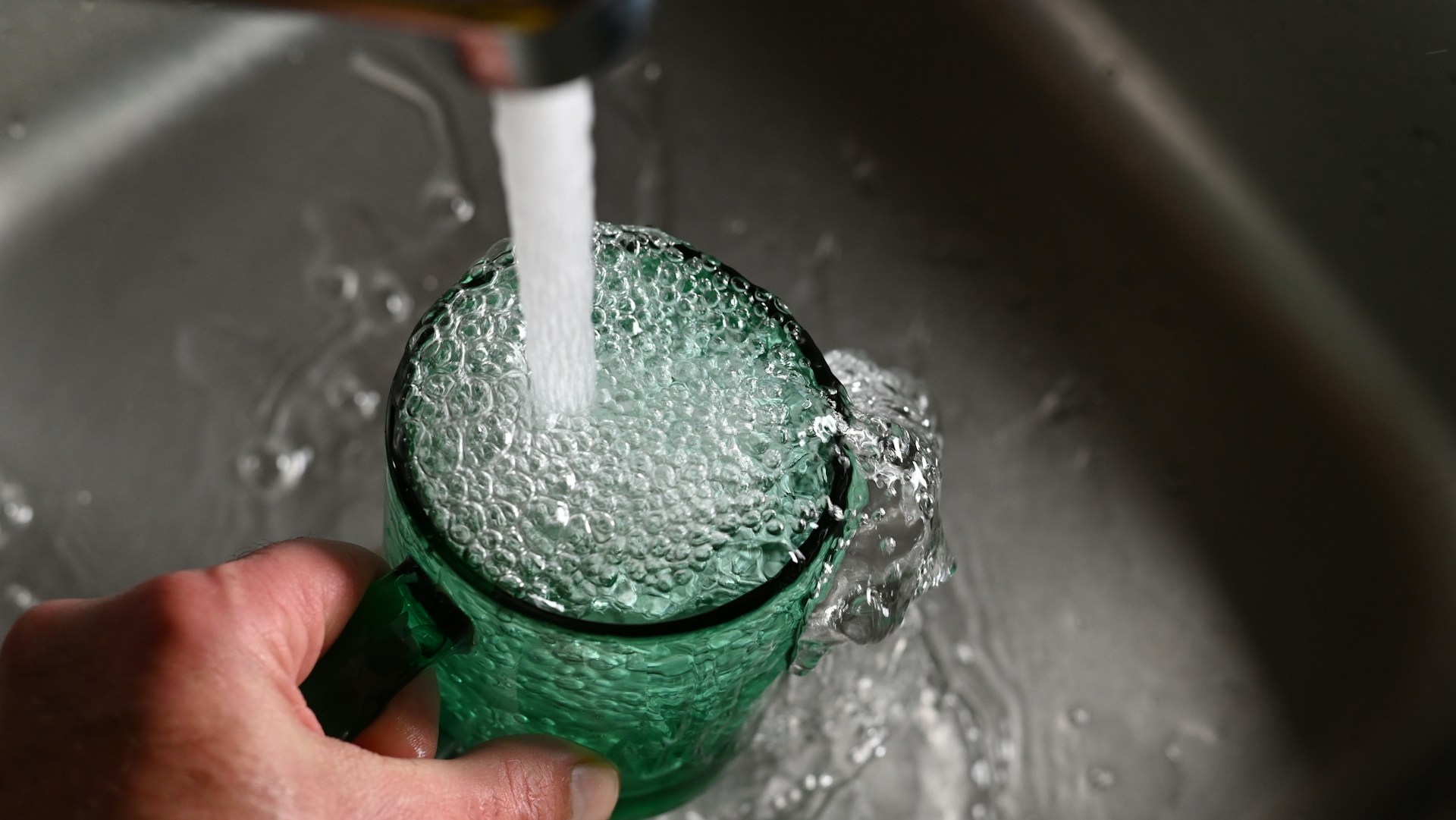How much does it cost (and is it realistic) to eliminate PFAS from tap water?

The United States wants to remove harmful PFAS, i.e. chemical substances known as "forever chemicals" because they are very difficult to eliminate, from tap water. However, skepticism abounds among water companies and Republicans, especially over costs. The New York Times article
For the first time, the U.S. federal government is requiring municipal water systems to remove six synthetic chemicals linked to cancer and other health problems found in the tap water of hundreds of millions of Americans. The New York Times writes.
PFAS, OMNIPRESENT AND INDESTRUCTIBLE
The extraordinary initiative of the US Environmental Protection Agency (EPA) requires water suppliers to reduce perfluoroalkyl and polyfluoroalkyl substances, collectively known as PFAS, to levels close to zero. These compounds, found in everything from dental floss to firefighting foams to children's toys, are called "forever chemicals" because they never fully break down and can accumulate in the body and the environment.
The chemicals are so ubiquitous that they can be found in the blood of nearly every person in the United States. A 2023 government study of private wells and public water systems found the presence of PFAS chemicals in nearly half of the country's tap water. According to the EPA, exposure to PFAS has been associated with metabolic disorders, decreased fertility in women, delays in the development of children and increased risk of certain prostate, kidney and testicular cancers.
Michael S. Regan, administrator of the EPA, called the new regulation "a life change": "This action will prevent thousands of deaths and reduce tens of thousands of serious illnesses." He described the rule as the most significant action ever taken by the federal government to reduce exposure to PFAS in drinking water. “We are one enormous step closer to finally turning off the chemical tap forever, once and for all,” he said.
HOW MUCH IT COSTS AND WHO PAYS TO ELIMINATE PFAS
The EPA has estimated that compliance with the rule will cost water companies about $1.5 billion a year, even as companies say the costs could be double that and worry about how to finance them. States and local governments have successfully sued some PFAS manufacturers for contaminating drinking water supplies, but the compensation awarded to municipalities has fallen short of the costs of cleaning up the chemicals, municipal officials say.
Industry executives say ratepayers will ultimately foot the bill in the form of increased water rates.
WHAT THE LAW SAYS
The bipartisan 2021 infrastructure bill includes $9 billion to help communities address PFAS contamination, and the EPA said $1 billion of those funds will be set aside to help states with initial testing and treatment.
Under the new EPA rule, water companies must monitor supplies for PFAS chemicals and will be required to inform the public and reduce contamination if levels exceed the new standard of 4 parts per trillion for perfluoroalkyl and polyfluoroalkyl substances . Previously, the agency had recommended that drinking water contain no more than 70 parts per trillion of these chemicals.
Public water systems have three years to complete monitoring. If samples show PFAS levels exceeding the EPA's new standards, utilities will have two more years to purchase and install equipment designed to filter them.
WHAT SCIENCE AND SKEPTICS SAY
In a 2020 study, scientists at the Environmental Working Group, a nonprofit organization, estimated that more than 200 million Americans have Pfas in their drinking water.
“A growing body of scientific research shows that PFAS chemicals are more harmful to human health than previously thought, and at extremely low levels,” said Anna Reade, of the Natural Resources Defense Council, an environmental group.
In the past year alone, more than a dozen peer-reviewed studies have found evidence of additional health effects of PFAS exposure, including a delay in the onset of puberty in girls, leading to a higher incidence of brain cancer breast, kidney and thyroid disease; a decrease in bone density in adolescents, which can lead to osteoporosis; and an increased risk of type 2 diabetes in women.
But Republicans and industry groups, along with many mayors and county executives, have said the Biden administration has created an impossible standard that would cost municipal water agencies billions of dollars.
Many have questioned the EPA's accounting and the science used to develop the new standard.
Public health advocates have said the costs of the new rule are outweighed by growing evidence of the dangers posed by PFAs.
Widely used since the 1940s, the chemicals are useful for repelling water and oil. Nonstick pans have been notoriously associated with PFAs, but the chemicals are found in water-repellent clothing and carpets, some shampoos, cosmetics and hundreds of other household items.
(Excerpt from the foreign press review edited by eprcomunicazione )
This is a machine translation from Italian language of a post published on Start Magazine at the URL https://www.startmag.it/sanita/quanto-costa-ed-e-realistico-eliminare-i-pfas-dallacqua-del-rubinetto/ on Sat, 20 Apr 2024 05:41:11 +0000.
